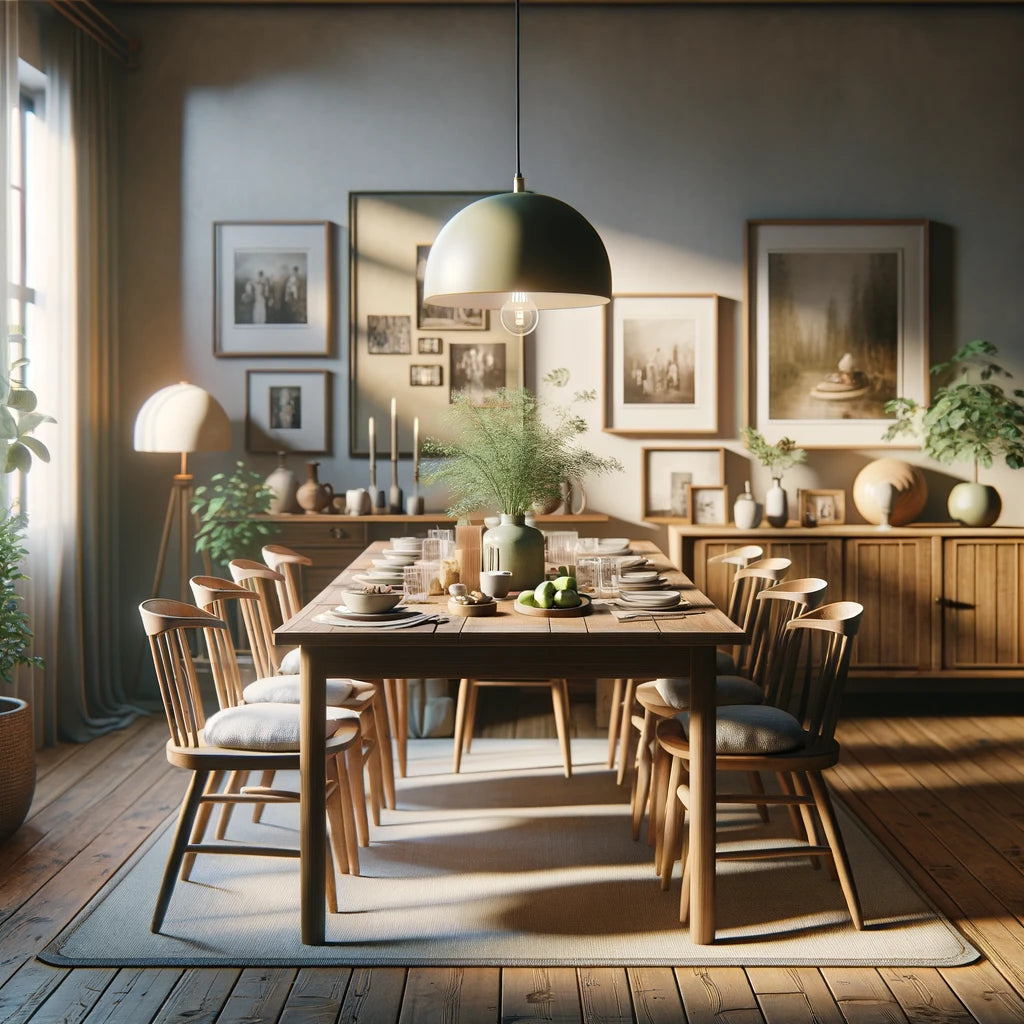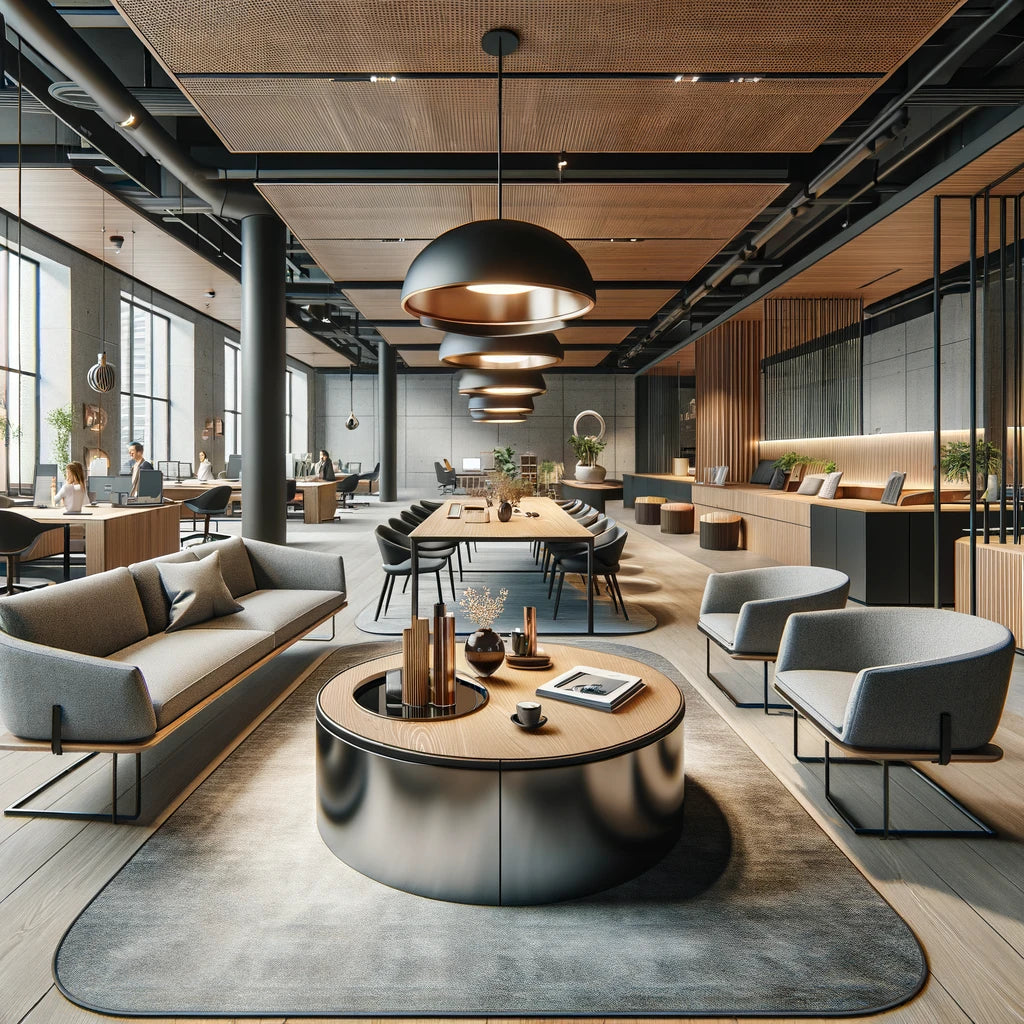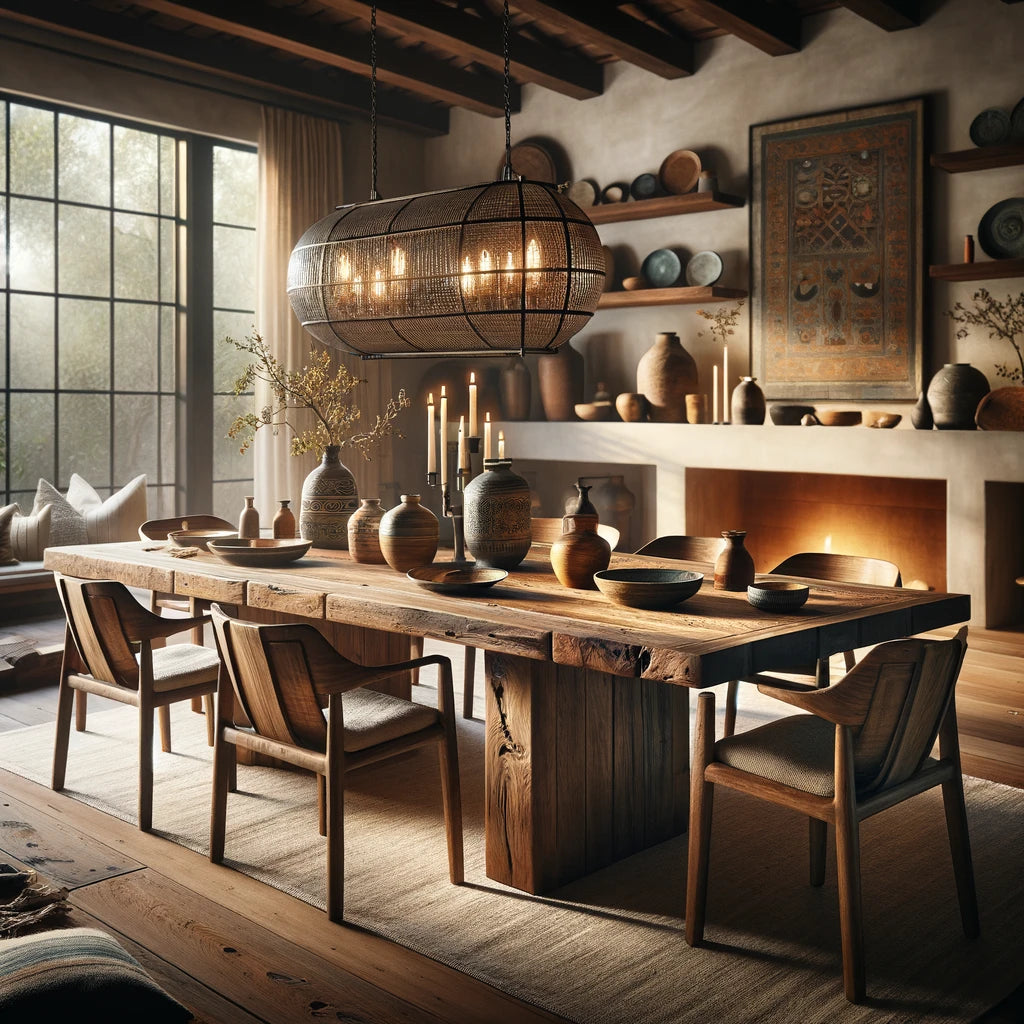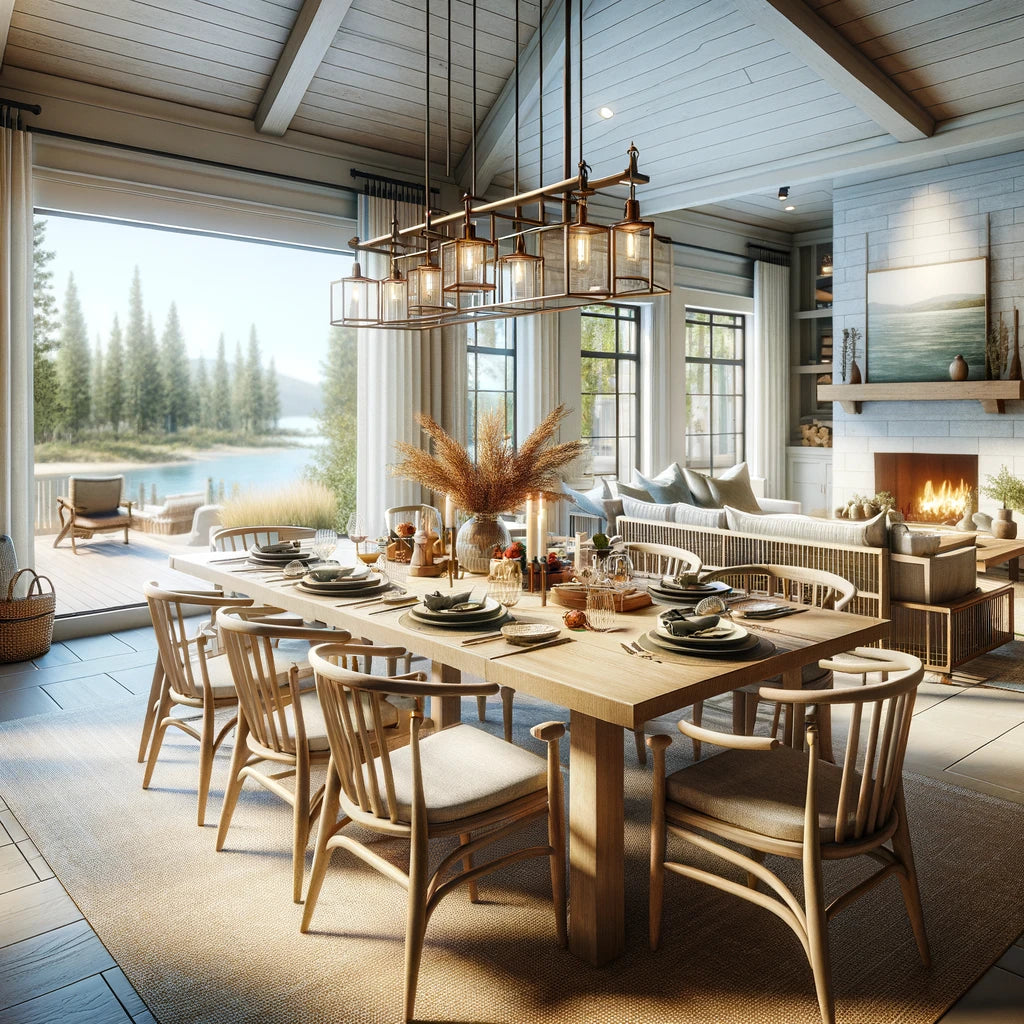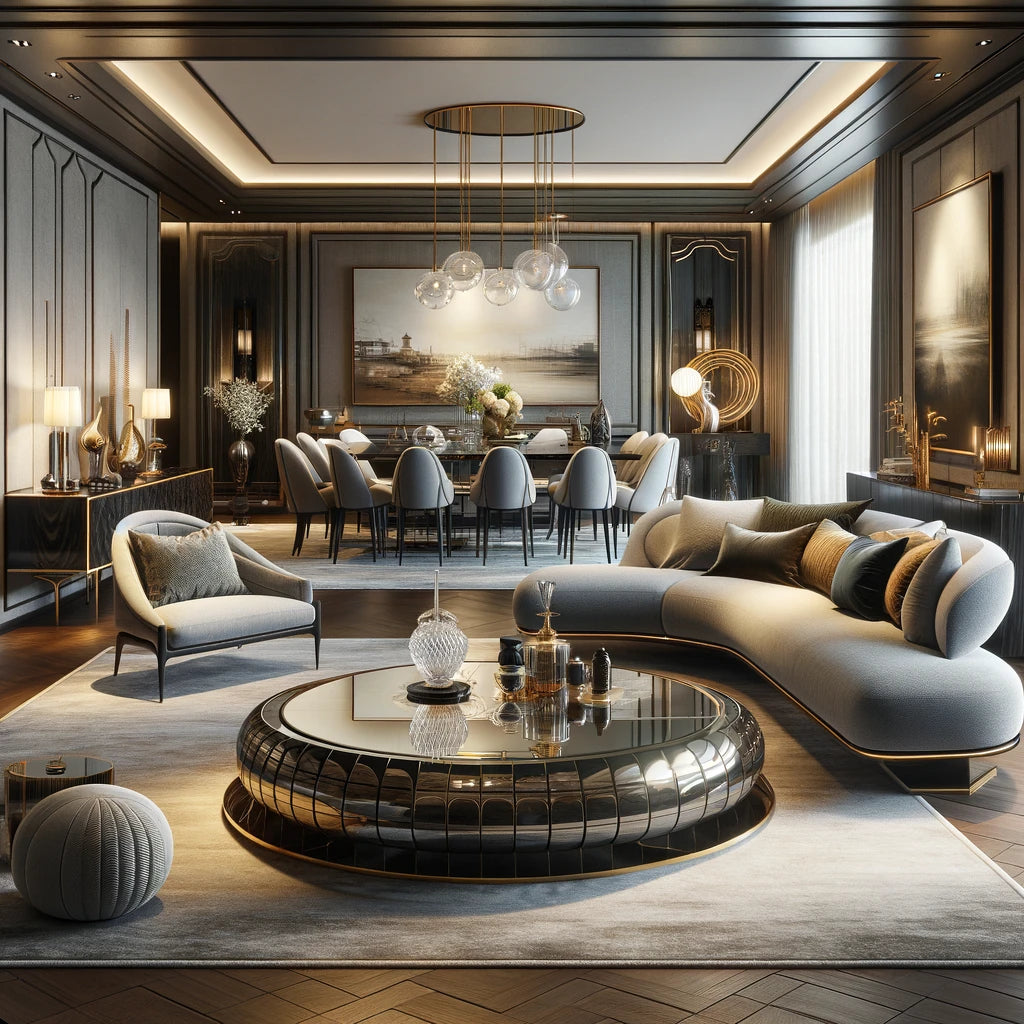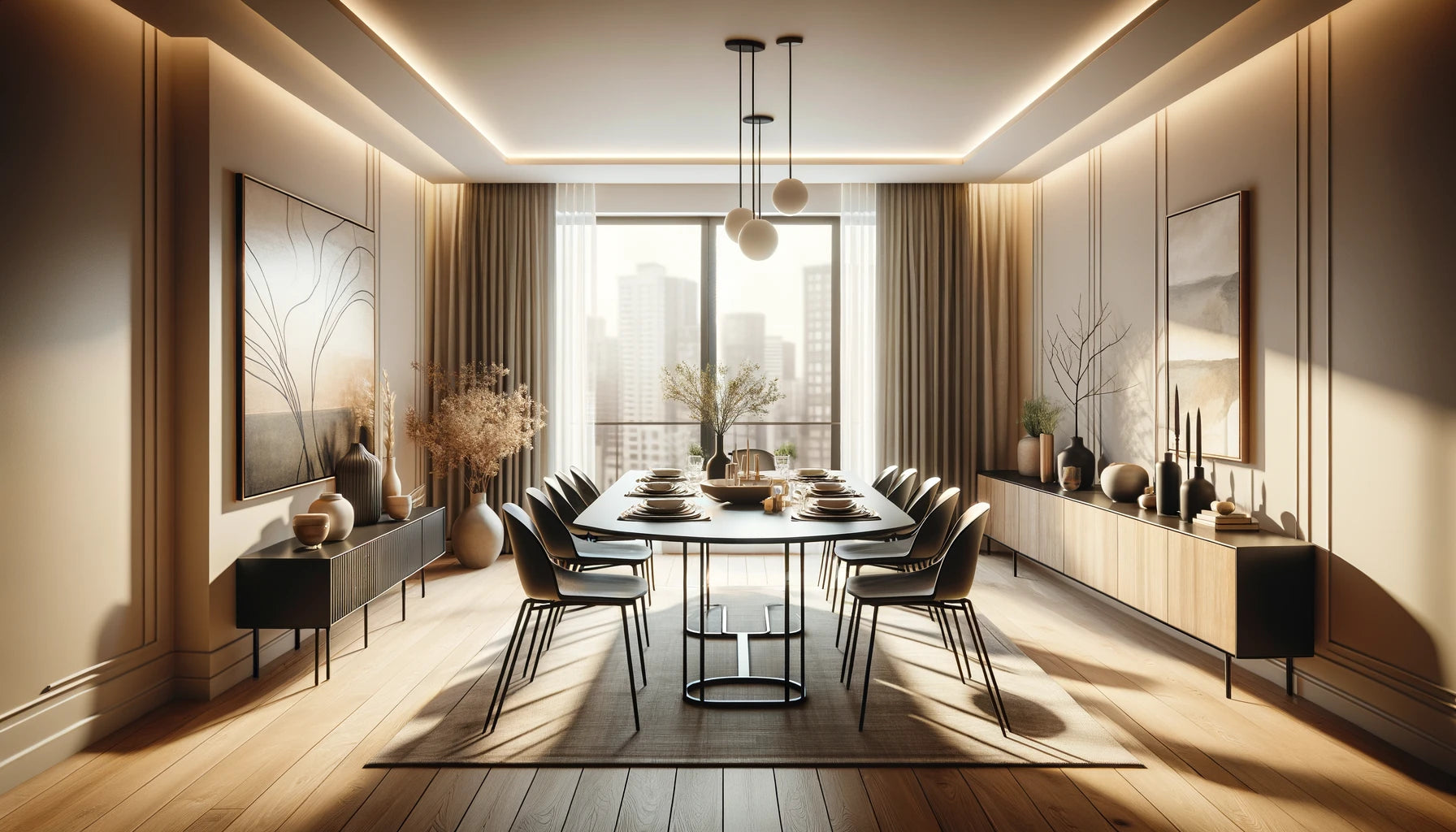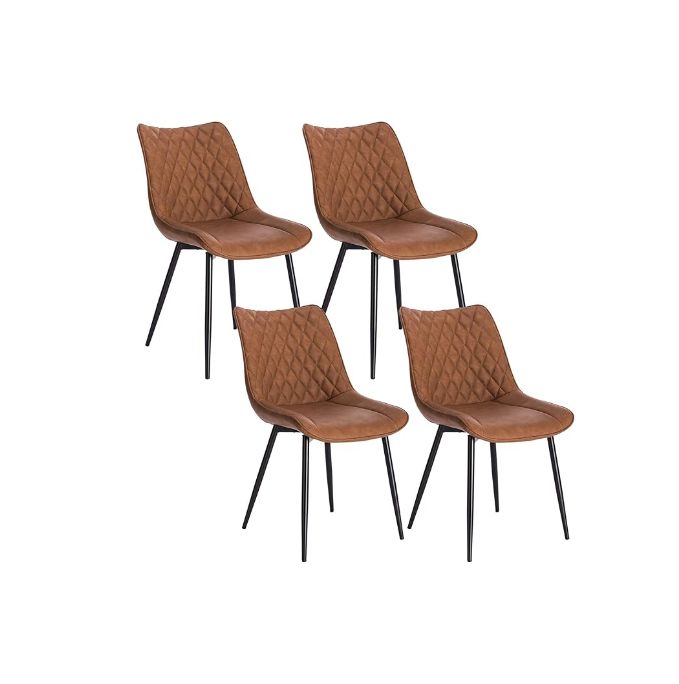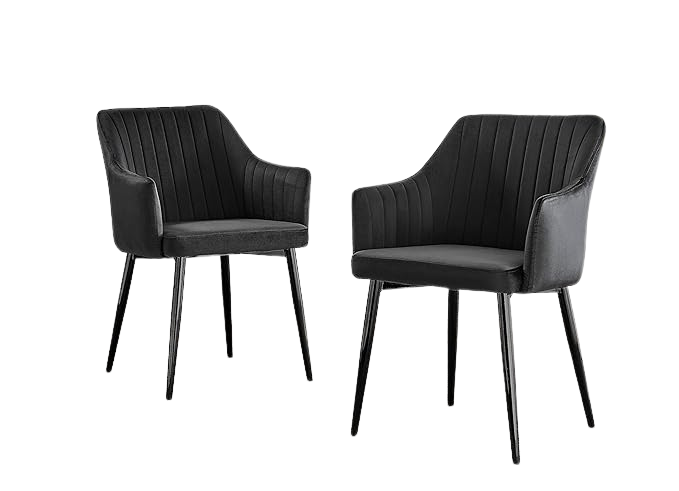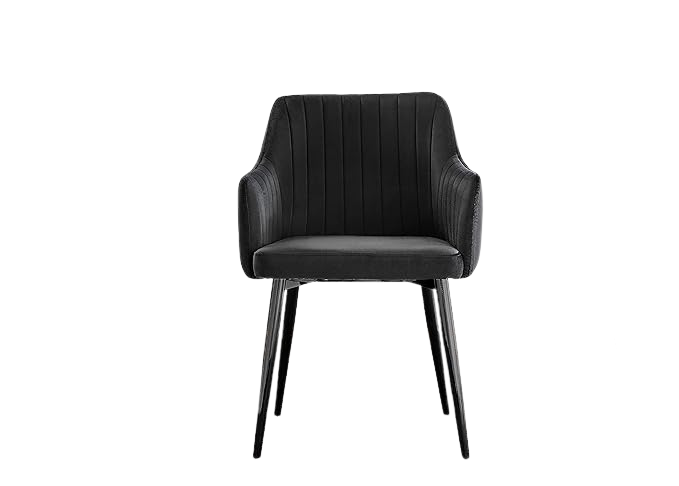The world is rich with a tapestry of design traditions, each offering unique elements that can enhance the contemporary aesthetic of a home.
Integrating international décor is about creating a well-travelled ambiance that reflects a convergence of cultures. It's a subtle nod to the diversity that defines our global community, brought to life within the comfort of our living spaces.
The Elegance of Italian Design
Continuing the exploration of Italian elegance, the integration of iconic Italian furniture pieces brings an air of La Dolce Vita into the home.
Consider the subtlety of a sleek console table, its marble top smooth to the touch and visually cooling, or the unassuming sophistication of a set of cantilevered chairs around a minimalist kitchen island. These items, with their inherent sense of style, do not shout for attention but rather whisper of luxury and effortless chic.
Italian design also excels in the art of lighting. A sculptural pendant lamp suspended above a dining area, or a minimalist floor lamp casting a warm glow in a reading nook, can serve as modern interpretations of traditional Italian craftsmanship. The materials used—brushed steel, blown glass, sculpted wood—tell a story of Italy’s rich history of design, melding the old with the new.

The subtlety of the Italian approach extends to textiles as well. Fabrics are chosen not only for their texture but also for their ability to create a mood. Linen, velvet, and chenille can cover cushions and upholstery, contributing to a sensory experience that is both sophisticated and comfortable. These textiles, in neutral or earthy tones, complement the sleek lines of Italian furniture, adding layers of texture and warmth to the minimalist home.
The Italian philosophy of "bella figura," or making a good impression, informs the way these design elements are curated within a space. It's about creating a setting that is as aesthetically pleasing as it is welcoming. Accessories such as an elegantly framed mirror, minimalist but striking, or a set of ceramic dishes displayed in an open shelf, serve both as artwork and testament to Italian hospitality.
Incorporating Italian design requires an appreciation for the balance between form and utility. Every curve, line, and material is selected for its ability to enhance both the functionality and the visual poetry of a space. In a contemporary home, these elements come together to create a setting that is at once modern and timeless, an ode to Italian artisanship reimagined for the present day.
Italian furniture design is known for its timeless elegance and innovative use of materials.#interiordesign #furnituredesign #Mumbai #luxurylifestyle pic.twitter.com/j3YzvKgqCn
— Khatri Interiors (@KhatriInteriors) May 23, 2023
Scandinavian Simplicity
The Scandinavian aesthetic, often characterised by its "less is more" approach, continues to influence the contemporary design narrative with its dedication to lightness and comfort.
The inclusion of a classic Aalto vase or a sleek, streamlined credenza can serve as the perfect embodiment of this design school. These pieces don't just fill a space; they enhance the daily experience with their functional beauty and unobtrusive presence.
Textiles in a Scandinavian-inspired space are as much about comfort as they are about adding visual interest. Chunky knit throws and cushions in muted tones invite relaxation and provide a soft counterpoint to the clean lines of the furniture. Rugs made from natural fibres not only add warmth underfoot but also help to define seating areas in an open-concept home, without the use of bulky dividers.

Lighting is another aspect where Scandinavian design shines, quite literally. The long, dark winters of the Nordic countries have led to a design ethos that maximises light. A pendant lamp with a paper shade or a lamp with an adjustable arm exemplifies this idea, offering a way to control and play with light. These fixtures are often designed with a sculptural quality that makes them stand out, despite their functional nature.
The Scandinavian colour palette, while typically anchored in whites and greys, often features pops of colour inspired by the natural environment. A cushion in forest green, a vase in sky blue, or a wall art inspired by the sea can mirror the outdoor beauty of Scandinavia. These accents act as visual anchors in the room, bringing in elements of nature and colour in a subtle, yet effective way.
When integrating Scandinavian simplicity into a contemporary space, it's important to consider the flow and function of the room. Furniture is typically lower to the ground, which can make the ceilings appear higher and the room more expansive. Storage solutions are innovative and discreet, often using hidden drawers and cabinets to maintain a sleek appearance while still offering practical utility.
Embracing the Scandinavian design philosophy is as much about creating an atmosphere as it is about selecting individual pieces. It's an ethos that encourages slowing down, appreciating the craftsmanship of everyday items, and finding joy in the uncluttered, tranquil spaces we call home.
A2) Absolutely, we’ve mentioned this before, but we draw our inspiration from all over the world. Recently Scandinavian design has been very trendy. Scandinavian design uses textures, contrasts, and soft hues to make sleek, modern furniture feel warm and inviting. #KBtribechat pic.twitter.com/OY5zLZfclu
— Cranberry Hill Kitchens (@CranberryK) July 11, 2018
Japanese Minimalism Meets Scandinavian Functionality: Japandi
As the Japandi style continues to captivate the design world, its principles can be further expressed through the careful selection of décor elements that echo the philosophy of both cultures.
The key to achieving this balance lies in the art of “ma” — the Japanese concept of negative space — paired with the Scandinavian practice of “hygge” — the creation of cosiness and contentment. Together, these principles foster a space that feels open yet intimate, stark yet warm.
The Japandi aesthetic appreciates the imperfections found in handcrafted items, embracing the Japanese tradition of wabi-sabi. A hand-thrown bowl or a roughly hewn wooden stool can serve as a testament to the beauty of imperfection, each piece unique and telling its own story. These items are more than just functional; they carry an air of authenticity and are often the product of generations of traditional techniques.

Furniture in this hybrid style maintains a low profile, with pieces that stay close to the ground to create a sense of stability and calm. Beds, seating, and tables that emphasise horizontal lines underscore the Japandi commitment to a grounded, centred living experience. These pieces are often multi-functional, with storage drawers tucked beneath platform beds and nesting tables that can be moved and reconfigured as needed.
Lighting in a Japandi space is subdued and natural. Lamps with paper shades or those crafted from frosted glass provide a diffused glow that softens the space. The placement of lighting is considered, with floor lamps and tabletop lights chosen to cast a gentle illumination that enhances the room's peaceful atmosphere.
Plants also play a significant role in Japandi design, bringing a touch of nature indoors. Bonsai trees, delicate ferns, and broad-leafed plants are placed strategically within the home, not merely for decoration but for their ability to purify the air and connect the indoors to the outdoors. They are often potted in simple, unglased ceramic or placed atop wooden stands, blending seamlessly with the room’s décor.
In Japandi design, every object is chosen with intention, and there is a purposeful avoidance of excess. The space is filled thoughtfully, with a curated selection of items that speak to both functionality and beauty. This is a style that doesn't shout for attention but instead offers a respite from the overstimulation of the outside world, inviting a moment of reflection and a deep appreciation for the art of simplicity.
Further Related Reading
The Vibrancy of African Textures
Diving deeper into the rich tapestry of African-inspired décor, the continent’s vast array of cultures can be reflected in the careful incorporation of artisanal pieces that tell a story.
Wall art, for instance, provides an excellent canvas for African creativity. A single large piece made from traditional materials like woven raffia or dyed textiles can become a room's centrepiece, drawing the eye and inviting conversation.
African design is not only about visual appeal but also about tactile experience. Incorporating textured décor like carved wooden figures, soapstone sculptures, or beaded decorative objects adds layers of touchable detail that enhance the sensory experience of a space. The intricate craftsmanship of these pieces, often passed down through generations, adds a layer of heritage and history to the home.

Fabrics play a significant role in conveying African textures. Mud cloth, with its earthy tones and symbolic patterns, can be draped over a sofa or used as a table runner, infusing a space with cultural depth. Richly patterned cushions and throws can break the monotony of solid colours typically found in contemporary design, providing warmth and character.
Flooring is another area where African textures can shine. A statement-making jute or sisal rug can anchor a living room or bedroom, lending an organic feel that contrasts beautifully with more streamlined modern furniture. These natural fibre rugs are not only durable but also align with the sustainable practices increasingly sought after in contemporary homes.
The use of colour in African décor also offers a dynamic palette to play with. While traditional African colours are often bold and vibrant, they can be tempered to fit a contemporary aesthetic. Earthy reds, deep indigos, and warm ochres can be woven into the overall design in a way that complements rather than dominates, allowing for an intercultural dialogue within the space.
Incorporating African textures and patterns into a modern home is about celebrating diversity and the richness it brings. It's an approach that says a contemporary home can be both chic and culturally resonant, a place where global traditions and modern design sensibilities meet. Each African-inspired piece in the home serves as a bridge between continents and eras, creating a living space that is at once worldly and intimately personal.
I love African animal decor.
— Barbara Holton (@HoltonBarb) July 25, 2023
My favorite room in the house. 😉 pic.twitter.com/SUyjt7RQbG
The Artisanal Touch of Latin America
The warmth and vivacity of Latin American design can further be expressed through its distinctive patterns and motifs.
The incorporation of textiles such as Chilean or Argentine woven fabrics can bring both colour and narrative to a space. Consider a brightly coloured runner on a dining table or vibrant, textured pillows on a neutral sofa. These pieces not only serve as a nod to Latin American culture but also as an infusion of energy into a contemporary setting.
Beyond textiles, the region's rich tradition of pottery and ceramics offers another layer of artisanal beauty. A collection of hand-painted bowls from Nicaragua or a rustic clay pot from Colombia can be both functional and decorative, adding a tactile quality that is uniquely Latin American. The irregularities and imperfections found in these handcrafted items are celebrated, each blemish telling the tale of an artisan's hand at work.

In a modern home, these elements should be balanced with the overall design scheme. A statement wall adorned with a vibrant tapestry or a selection of small, handcrafted figurines displayed on a mantle can serve as the room's focal point. The bright colours and complex patterns typical of Latin American design can be tempered by the clean, uncluttered backdrop of a contemporary home, allowing each piece to stand out and be appreciated in its own right.
The influence of Latin American design is not limited to smaller décor items. Larger furniture pieces, too, can embody this style's spirit. A Brasilian rosewood coffee table or a set of leather dining chairs from Argentina can anchor a room with their robust forms and rich textures. When paired with more minimalist pieces, these items create a dialogue between the traditional and the modern, offering a home that is both cosmopolitan and grounded in cultural richness.
Incorporating the artisanal touch of Latin America into a contemporary home is about harmonising the old with the new. It's an invitation to blend the bold with the understated, to create a home environment that is both welcoming and design-forward. As you curate your space with these Latin American influences, it becomes a testament to a style that is both time-honoured and refreshingly modern.
Further Related Reading
Bringing Global Styles Home
To successfully integrate these global inspirations into your home, start by selecting a focal point for each room.
Whether it's a piece of furniture or a decorative item, let it be something that genuinely resonates with the style you wish to represent. Build around it with contemporary pieces that complement rather than compete.
Layering is also essential. Combine textures and patterns with a light hand, ensuring they enhance the space rather than overwhelm it. And remember, a well-travelled look is curated over time. Collect items that have meaning, perhaps from your own travels or from artisanal markets that offer goods from around the world.
Finally, maintain a cohesive colour scheme throughout your space. This doesn't mean every piece must match, but there should be a thread that ties the different elements and styles together, whether it's a colour, a material, or a finish. This will ensure your global-inspired décor harmonises with the contemporary design of your home.
Incorporating international décor into your home is a celebration of the world's rich cultural fabric. It's an opportunity to create a space that is both globally inspired and deeply personal, a testament to the beauty of diversity and the universal language of design.





